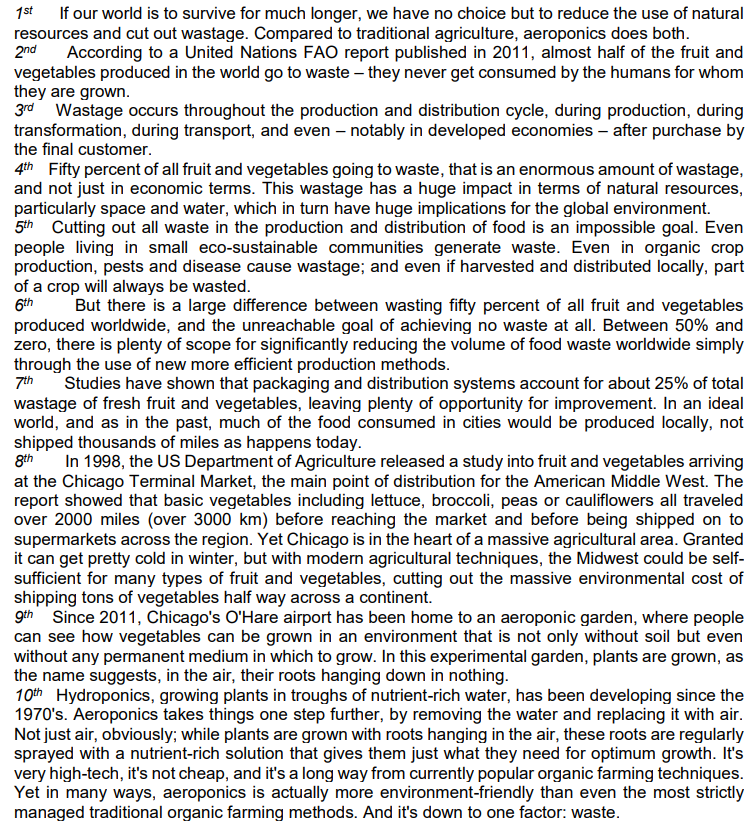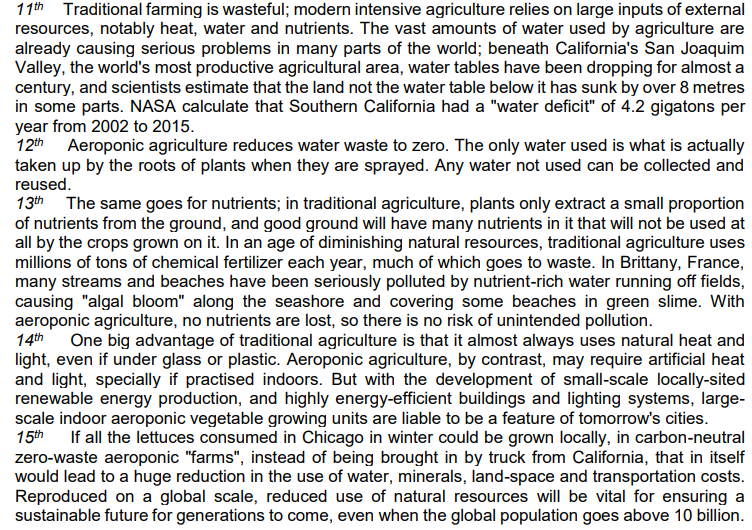Questões de Concurso
Sobre substantivos e compostos | nouns and compounds em inglês
Foram encontradas 357 questões
Qual das palavras da frase, abaixo, é um substantivo?
He is in jail because of a criminal act.
Leia a frase e responda a questão subsequente.
He is quite awake.
Podemos classificar a palavra QUITE como um:
Leia a frase e responda a questão subsequente.
He is quite awake.
Podemos classificar a palavra AWAKE como um:
He might drive down my street.
I. Tesla seemed to have a high level of intelligence. II. Let’s get rid of the old luggages. III. Please clean your equipment every day. IV. They have a lot of money.
Text I
Nurturing Multimodalism
[…]
New learning collaborations call on the teacher as learner, and the learner as teacher. The teacher is a lifelong learner; this is simply more apparent in the Information Age. In instances of best practice, collaborative learning partnerships are forged between and among teachers for strategic, bottom-up, in-house professional development. This allows teachers to share in reflective, on-going, contextualized learning, tailored to their collective knowledge. This sharing also includes the learner as teacher. ELT typically employs learner-centered activities: these can include learners sharing their knowledge of strategic digital literacies with others in the classrooms.
The digital universe, so threatening to adult notions of socially sanctioned literacies, is intuitive to children, who have been socialized into it, and for whom digital literacies are exploratory play. Adults may find new ways of communicating digitally to be quite baffling and confronting of our communicative expertise; children do not. Instant messaging systems, such as MSN, AOL, ICQ, for example, provide as natural a medium for communicating to them as telephones did for the baby-boomer generation. It is not fair for the teacher to treat Information and Communication Technologies as auxiliary communication with learners for whom it is mainstream and primary.
Learning spaces are important. Although teachers seldom have much individual say in the layout of teaching spaces, collaborative relationships may help to encourage integrated digitization, where computers are not segregated in laboratories but are interspersed throughout the school environment. In digitally infused curricula, postmodern literacies do not supplant but complement modern literacies, so that access to information is driven by purpose and content rather than by the media available.
Adapted from: LOTHERINGTON, H. From literacy to multiliteracies in ELT. In:
CUMMINS, J.; DAVISON, C. (Eds.) International Handbook of English Language
Teaching. New York: Springer, 2007, p. 820. Available at:
https://www.researchgate.net/publication/226802846_From_Literacy_to_Multiliter
acies_in_ELT
Now, for answeri question, consider Text 02. Remember, there is only one answer
Text 02
“This glocalization in English teaching and learning, which is to do with post-methods, can influence or be practiced in many aspects, especially in interlanguage and culture, individual differences, and learning strategies. This paper reviews and highlights that post-method condition is related to glocalization in English language teaching and learning practices in terms of interlanguage and culture, individual differences, and learning strategies. It also puts forward some research questions for further studies, which may lead the researchers to obtain more information for promoting glocalization to enhance English language teaching."
(Source: Jessica Dwi Lusianov. Post-method Era and Glocalization in Language Teaching and Learning). Available at https://www.atlantis-press.com/proceedings/icollite-20/125949311, accessed on Otober 01st. 2022).
Instruction: answer questions 36 to 39 based on the following text.
History of Halloween
01 Halloween is __ holiday celebrated each year on October 31st, and in 2022 it occurs on __
02 Monday. The tradition originated with the ancient Celtic festival of Samhain, when people used
03 to make __ fires and wear costumes to scare ghosts.
04 In the eighth century, Catholic Pope Gregory III decided November 1st should be __ day
05 to honor all saints and called it “All Saints’ Day”. Soon, All Saints’ Day incorporated some of the
06 traditions of Samhain. The evening before was known as All Hallows’ Eve (the evening of all
07 spirits), and later it became Halloween.
08 The festivity migrated from Ireland to America in the 19th century. Over time, Halloween
09 evolved into __ overjoyed day of activities like trick-or-treating, festive gatherings, and
10 costumes. It’s a community-centered holiday, with parades and town-wide Halloween parties.
(Available in: https://www.history.com/topics/halloween/history-of-halloween – text especially adapted for this test).
The plural form of the word “festivity” (l. 08) is:
Mark the option that ONLY contains uncountable nouns.




Based on the previous text, judge the following item.
The noun “curriculum”, in the third paragraph, comes from
Latin and its plural form is curricula.

Based on the comic strip above, judge the following item.
Although the word “suit” is used as a noun in the first box, it
can also be used as a verb, as in the sentence this color
doesn’t suit you.
Based on the text above, judge the following item.
The words “Data” (in the second paragraph) and “flora” (in
the first paragraph) are both examples of uncountable nouns
that refer to groups of specific elements.
On the basis of this definition, it is correct to say that the words “almost” (last sentence of the second paragraph), “favor” (third sentence of the fourth paragraph), “which” (first sentence of the last paragraph) and “between” (third sentence of the last paragraph), which were taken from text 4A1-II, are, respectively,